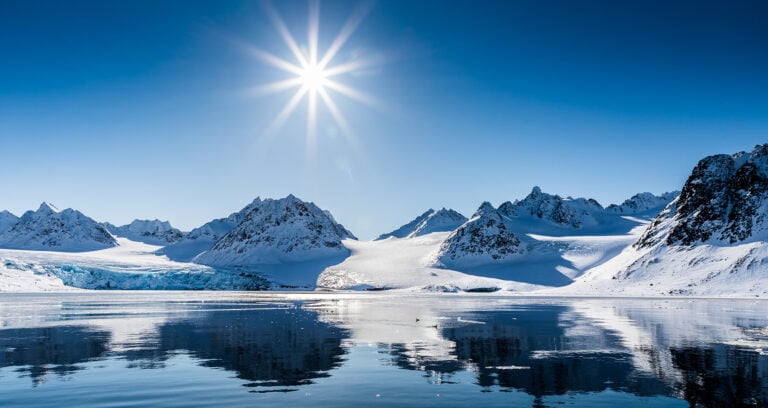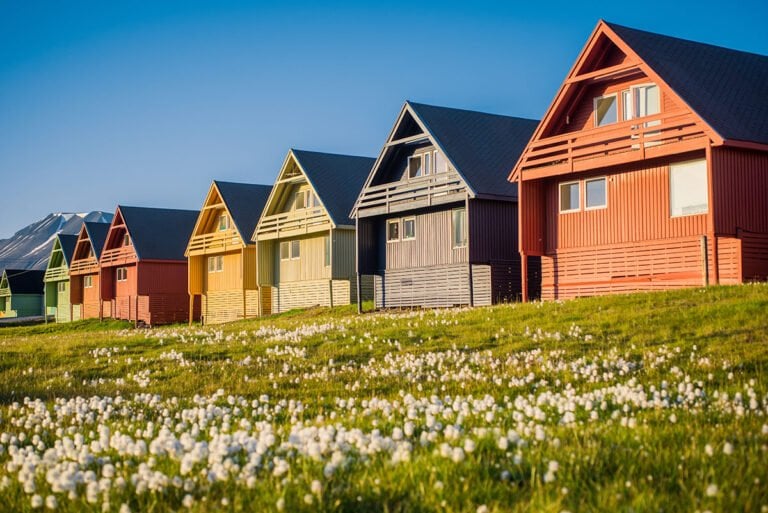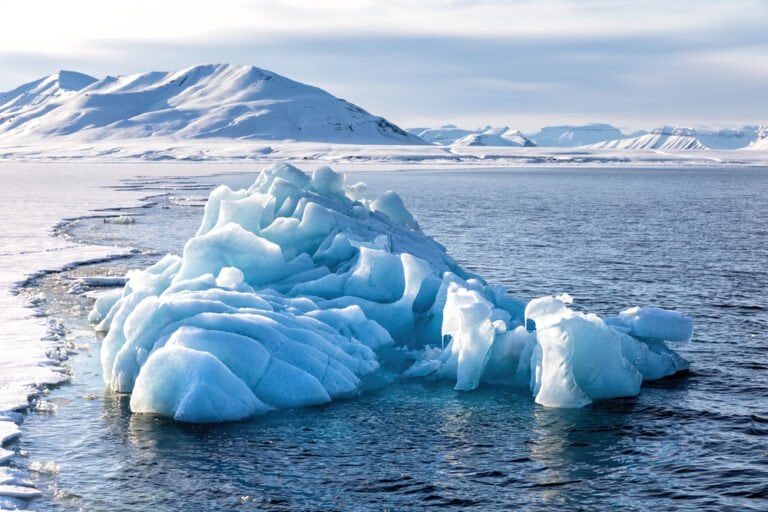New research has revealed the planet's Arctic region is warming almost four times faster than the rest of the Earth. Here's what that means for Arctic Norway.
With more rainfall, an increased number of avalanches and record summer temperatures, Svalbard has long been described as one of the first places on Earth to feel the early impact of climate change.

Greenland and the Arctic region of North America are among the other northern places to feel the impact of a warming planet. Earlier this summer, 18 billion tons of Greenland's ice sheet melted in just three days.
Read more: Hottest Ever Day Recorded in Arctic Svalbard
Previously, it had been estimated that the Earth's Arctic region was warming at a rate 2-3 times higher than the rest of the planet. New research suggests it's actually closer to four times higher.
Disturbing new climate research
The new study was published in the journal Communications Earth & Environment. Researchers in Norway and Finland used four sets of temperature data over several decades as a basis.
The figures date back to 1979, when satellite data first became available. Researchers concluded that the temperature in the Arctic has increased by 0.75°C per decade. That's almost four times as fast as the rest of the planet.

These findings suggest that even the most precise climate models are likely to underestimate the rate of Arctic warming.
“It is common in other literature to see the Arctic warming up around twice as fast as the rest of the globe. So for me, it was a little surprising that our figure was so much higher,” said the Finnish Meteorological Institute's Antti Lipponen, a co-author of the study.
Less snow and ice
The four-fold warming rate in the polar region, called Arctic polar amplification (AA), is due to the loss of snow and ice. This speeds up warming by reducing the white surface cover that previously reflected the sun's rays back into space.
“That's why the temperature trends are the highest in those areas where the sea ice has declined most,” said Mika Rantanen, another co-author.

Climate change on Svalbard
In the Barents region between northern Norway and Russia, the annual average temperature climbed faster than anywhere else on the planet.
Even more alarming is the rise in average temperature during the winter. Since 1971, the average winter temperature has increased by an astonishing +7.3°C (+13.1°F).
Such increases are not expected to be seen in other parts of the world for many decades. With that in mind, it's no surprise that the people and wildlife on Svalbard have felt the effects.
Avalanches and evacuations due to avalanche warnings are now much more commonplace. In 2015, the worst avalanche to ever hit Longyearbyen occurred after an unusually intense period of rainfall. Two people died as 11 homes were destroyed.
The fjord next to Longyearbyen no longer freezes in winter, something that would have been unthinkable just a few decades ago. Hundreds of homes have required relocation due to changes in the permafrost, a factor that has also impacted the global seed vault.

